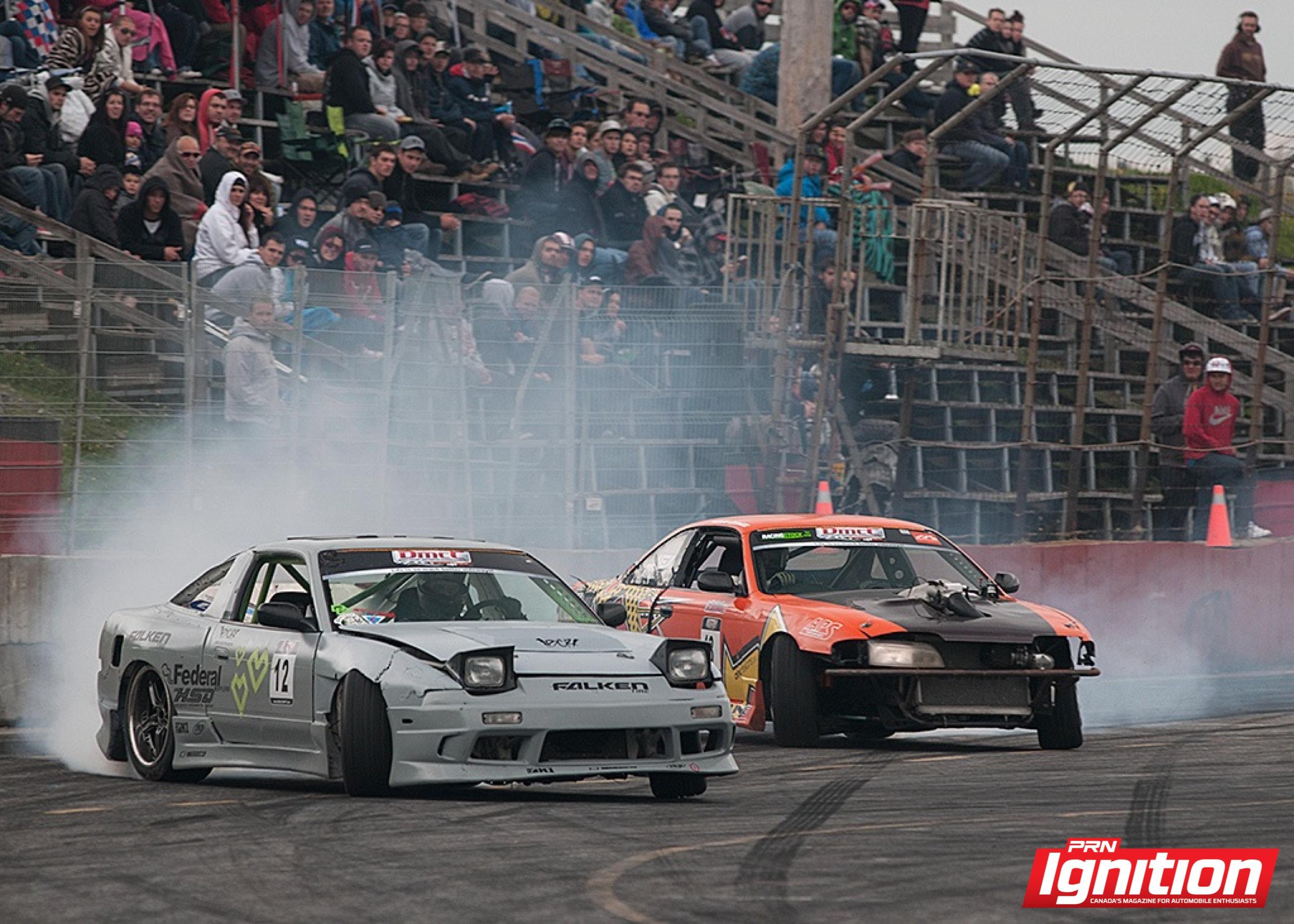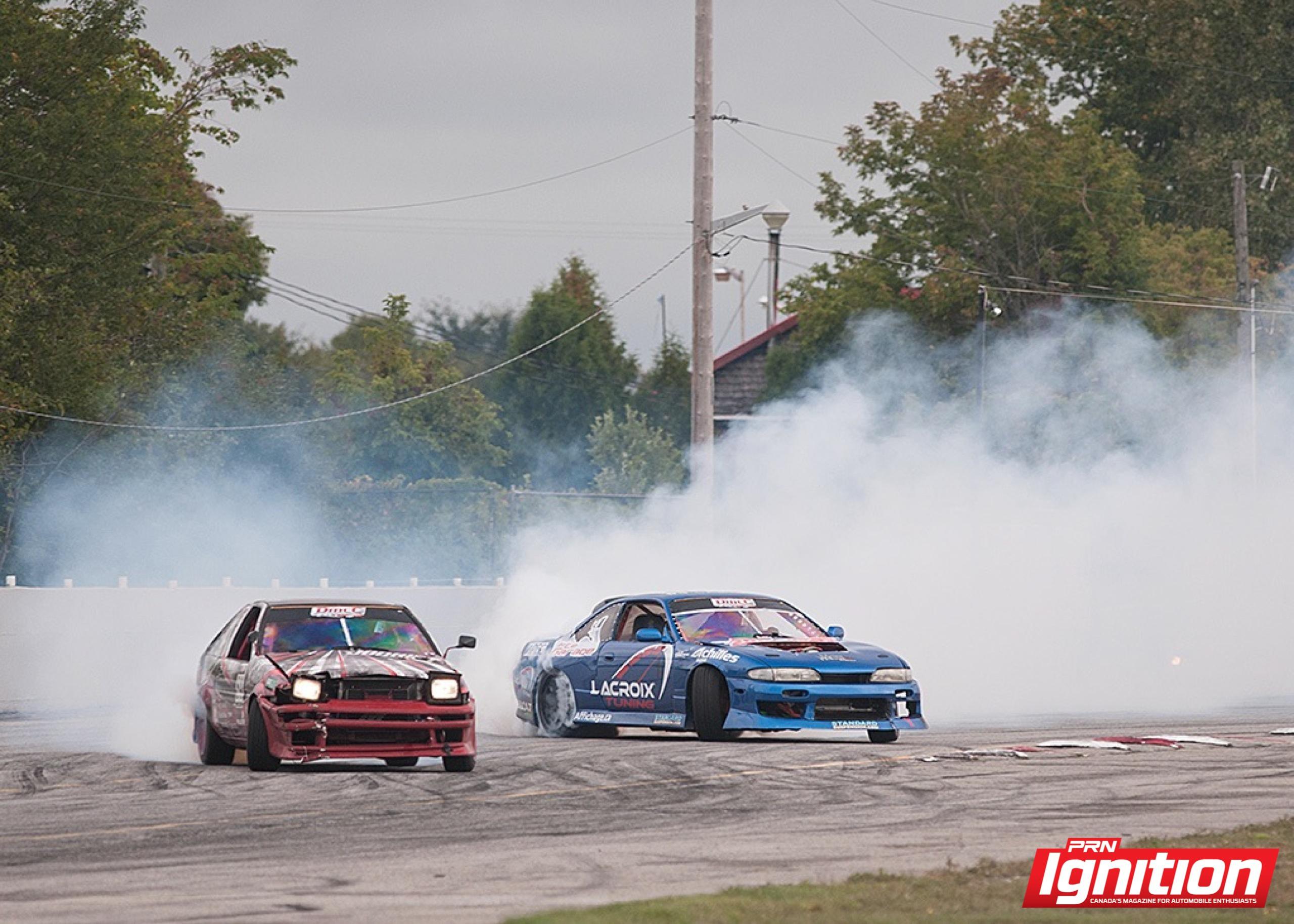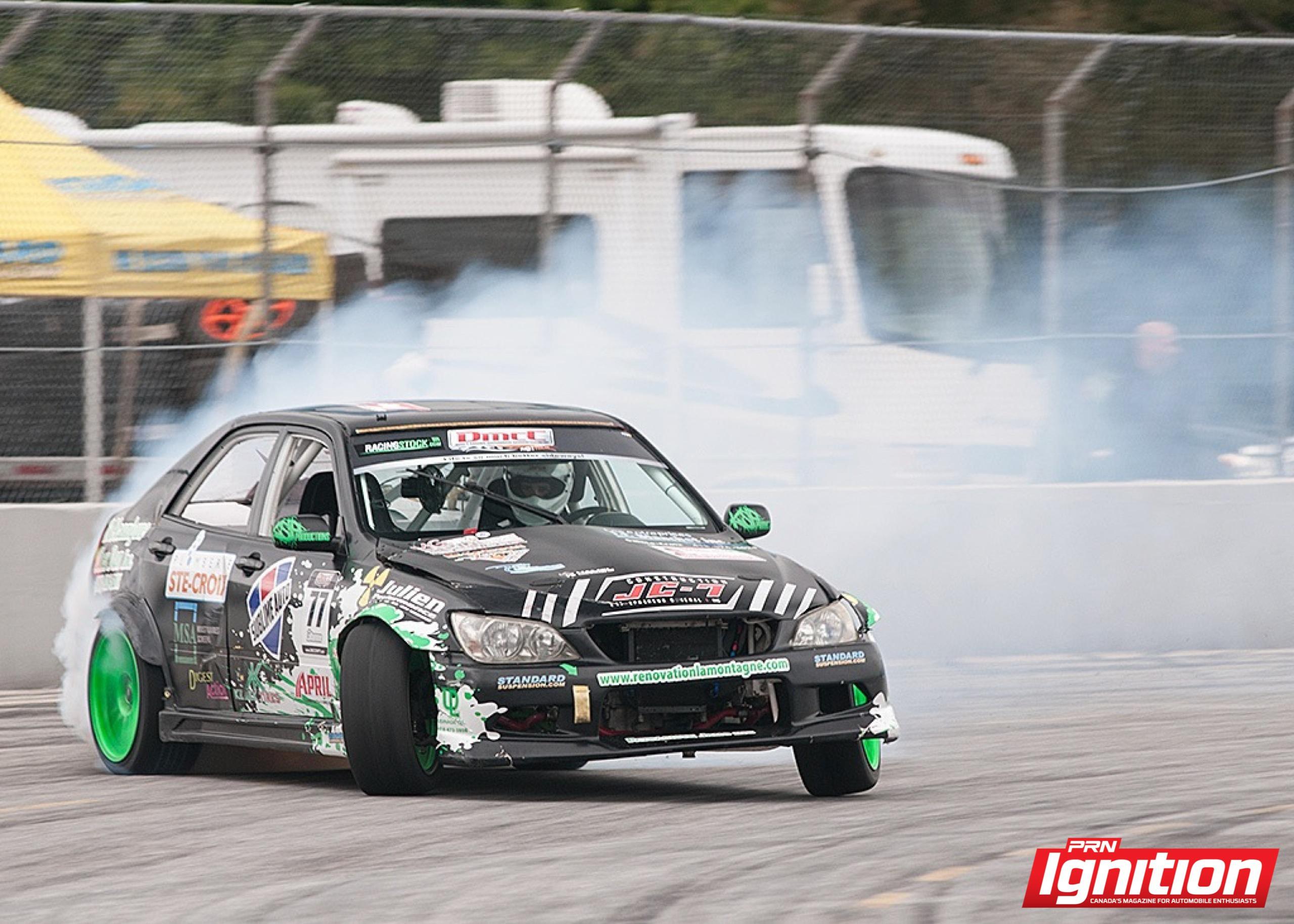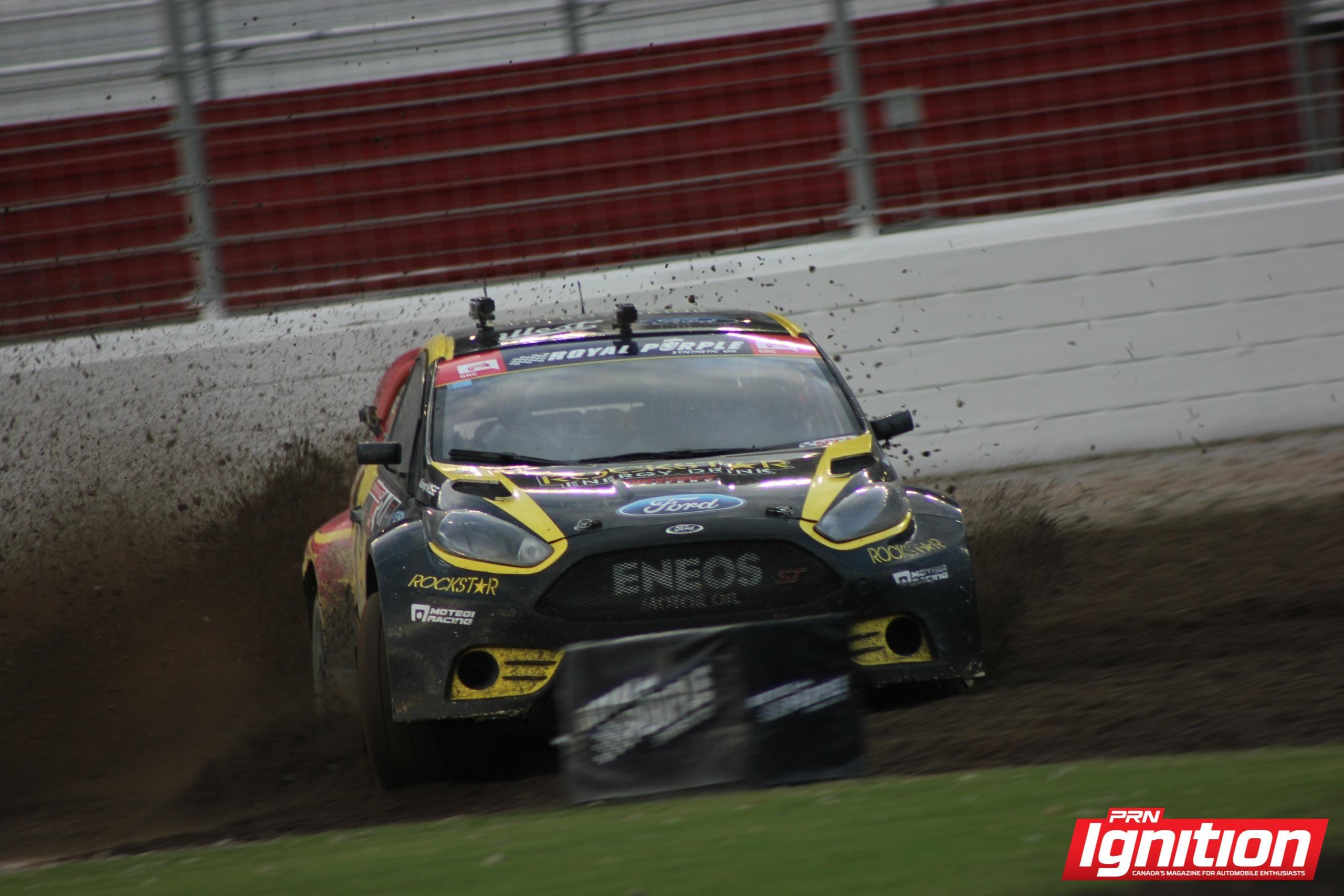Everybody’s talking about the end of motorsport. NASCAR ticket revenues are on the decline – dropping a third in three years – and the series is struggling to stay connected to the next generation of fans. IndyCar is facing the loss of its title sponsor, and even the legendary Indy 500 had empty grandstand seats this year. Unless you’re already a serious motorsport fan, road racing barely hits the applause meter at all and the coming merger of Grand Am and ALMS in the United States is a sign there are neither enough fans, nor competitors, to sustain two series. Vehicle manufacturers have been joining the chorus: bemoaning the fact that kids these days don’t even care about cars anymore – more connected to the Internet via smartphones than they are to the open road.
It might be hard to hear it above the din of the doomsday criers, but we’re living in some amazing times for racing. The past decade has seen a new generation smash through the traditions of motorsport to redefine the competition landscape. Car culture isn’t dying, it’s transforming into something better.
 I grew up in Toronto, where racetracks within reach of public transit – my main mode of getting around – are in short supply. The few glimpses I caught of purpose-built racers on TV never seemed that interesting: Watching guys steer left for hours upon end? No thanks. Worse, race cars, as I understood them, didn’t seem like cars at all – I couldn’t relate to alien body shapes or space-age materials. And, since my city-dwelling family didn’t have a tradition of motorsport, or even a garage at the end of our driveway, car culture in general was a mystery as well.
I grew up in Toronto, where racetracks within reach of public transit – my main mode of getting around – are in short supply. The few glimpses I caught of purpose-built racers on TV never seemed that interesting: Watching guys steer left for hours upon end? No thanks. Worse, race cars, as I understood them, didn’t seem like cars at all – I couldn’t relate to alien body shapes or space-age materials. And, since my city-dwelling family didn’t have a tradition of motorsport, or even a garage at the end of our driveway, car culture in general was a mystery as well.
Fast forward a couple of decades. Attending my first rally, I finally got a taste of motorsport magic while watching Mitsubishi Evos and Subarus whistle down back-country roads. Those looked like cars I could drive. But, as I discovered over the next five years of attending every race I could, getting out into the woods to see the sport – or even to film it for television – is hard. As American co-driver Alex Kihurani says in the new independent rally movie “Easier Said Than Done” (download it, it’s great), “It’s so challenging even to just be an enthusiast that many people I think dismiss it before they even get a chance to get addicted to it.”
On the other hand, it’s pretty easy to plunk down in a seat with a popcorn and a beer to watch a circuit race.
Enter rallycross. Created back in 1967 at Lydden Hill Circuit, in Southeast England, it started as a made-for-TV version of rally competition, set in a fan-friendly track environment. When I joined Tanner Foust at that same track for one of his early European competitions some 43 years later, in 2010, the feeling on the ground was still pretty grassroots and the fan experience lacked the sophistication of traditional motorsport. When Foust, the first American to run consistently at the top of the European Rallycross Championship, brought out posters to sign, the other competitors seemed bewildered. But the fast pace of the heat racing and the excitement of the competition was like nothing I’d ever seen before and there was no doubting the potential of the sport to capture the imagination. For a rally fan like me, it was all the best moments of a rally condensed into just a few laps of a track. As British driver Liam Doran explained it to me at the time: “Every lap is a start, a finish, or a pass.” And aren’t those the moments that fans want to see?
 A handful of promoters took notice and the first U.S. rallycross competition took place at X Games in Los Angeles that year. It was an immediate hit, and three New Jersey demonstration events followed, with the new Global Rallycross Champion- ship series launching in March of 2011, which is intended to bring rallycross closer to urban environments on temporary tracks. Drivers like Foust, Doran, Ken Block and Travis Pastrana were there to draw the crowds and bring the excitement.
A handful of promoters took notice and the first U.S. rallycross competition took place at X Games in Los Angeles that year. It was an immediate hit, and three New Jersey demonstration events followed, with the new Global Rallycross Champion- ship series launching in March of 2011, which is intended to bring rallycross closer to urban environments on temporary tracks. Drivers like Foust, Doran, Ken Block and Travis Pastrana were there to draw the crowds and bring the excitement.
The series has had its challenges – motorsport is expensive to stage, as well as to compete in – but the potential remains and new management of the series in Europe, along with continued interest in the United States has seen it experience a rapid growth. “If the sport is like a video game and connects with millions of people that live driving lives through video games, it really has a future,” says Foust.
The evolution of short-course-off-road racing, which brings long-form desert racing to dirt tracks, has traced a similar path. Now two major series in the U.S., TORC and LOORS, draw big-name drivers like AMA hall-of-famer Ricky Johnson, action sport star Brian Deegan and occasional appearances by Pastrana.
Like these dirt sports, drifting is a short- course version of street racing – but the competitive focus is on style, rather than time. It evolved from racing through mountain passes in Japan where drivers used a rally-style technique to slide through corners. It’s now a high-skill, high-powered motorsport with a major U.S. series that just concluded its 10th anniversary season. Even Our Home and Native Land has the Drift Mania Canadian Championship series to help young Canucks try to move up through the sport. The judging confounds racing purists, who scoff at the idea of drivers being scored against anything but a clock, but events sell out from coast-to-coast and, for fans on the ground, there is no question that the smoke-show is compelling – no matter who wins.
“It’s for short attention spans,” says Stephan Papadakis, who entered the sport in 2004 as a driver, and is now a team owner fielding one of the top cars in Formula Drift. “That’s me, and that’s most of the fans. It’s like: ‘Show me something right now – OK, I’m over that... Show me some- thing else now!’”
 Ken Block’s Gymkhana Grid events combine speed and style: drivers are timed while they battle head-to-head to complete a predetermined series of obstacles. There’s no judging involved, but it’s impossible to complete a course that requires a 720-donut around a barrel without creating some smoke. Block has been performing Gymkhana demonstrations solo and with friends for several years and a one-off event at Irwindale Speedway in late 2010 saw a strong turnout. This summer at X Games, the sport returned to Irwindale and was a big hit with fans.
Ken Block’s Gymkhana Grid events combine speed and style: drivers are timed while they battle head-to-head to complete a predetermined series of obstacles. There’s no judging involved, but it’s impossible to complete a course that requires a 720-donut around a barrel without creating some smoke. Block has been performing Gymkhana demonstrations solo and with friends for several years and a one-off event at Irwindale Speedway in late 2010 saw a strong turnout. This summer at X Games, the sport returned to Irwindale and was a big hit with fans.
What all of these sports have in common is that they feature production-based cars running at the limit. Unlike the aging fanbases of traditional motorsport, the crowds at these events are getting ever younger. At a recent Global Rallycross event at Charlotte Motor Speedway, kids and parents lined up for more than an hour to get autographs from their favorite drivers. This year’s Off Road Expo – think of it as SEMA for truck enthusiasts – was packed with short-course fans. And the season finale of the 2013 Formula Drift season at Irwindale was a sell-out a week before the gates opened.
And all that, for a city kid like me, seems like a bright future for motorsport.























